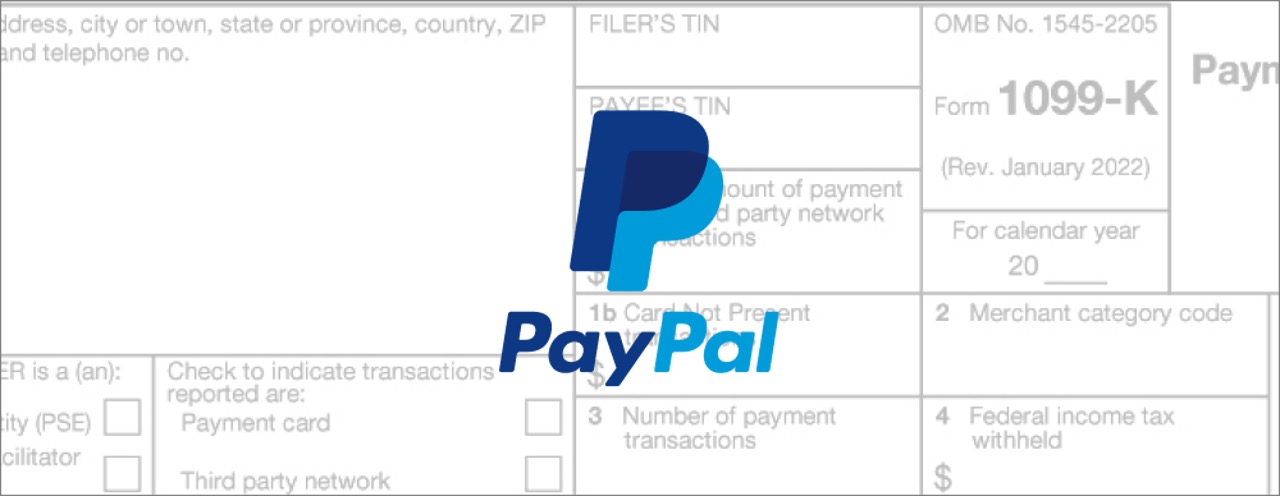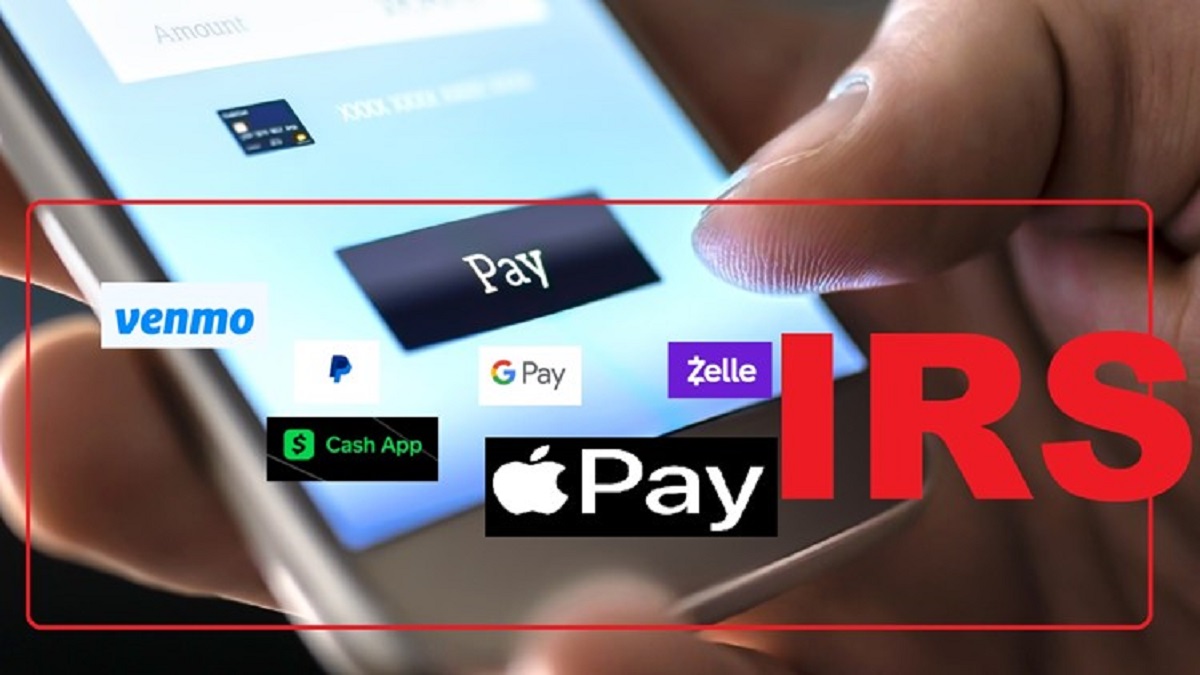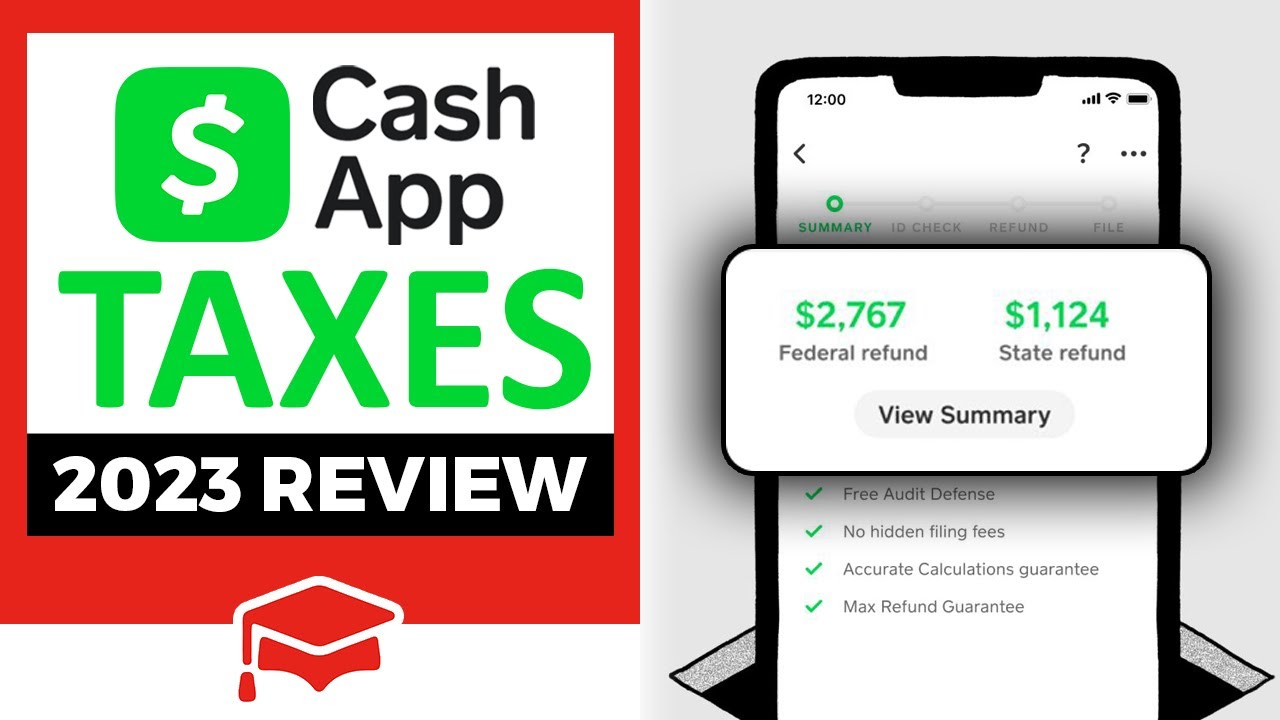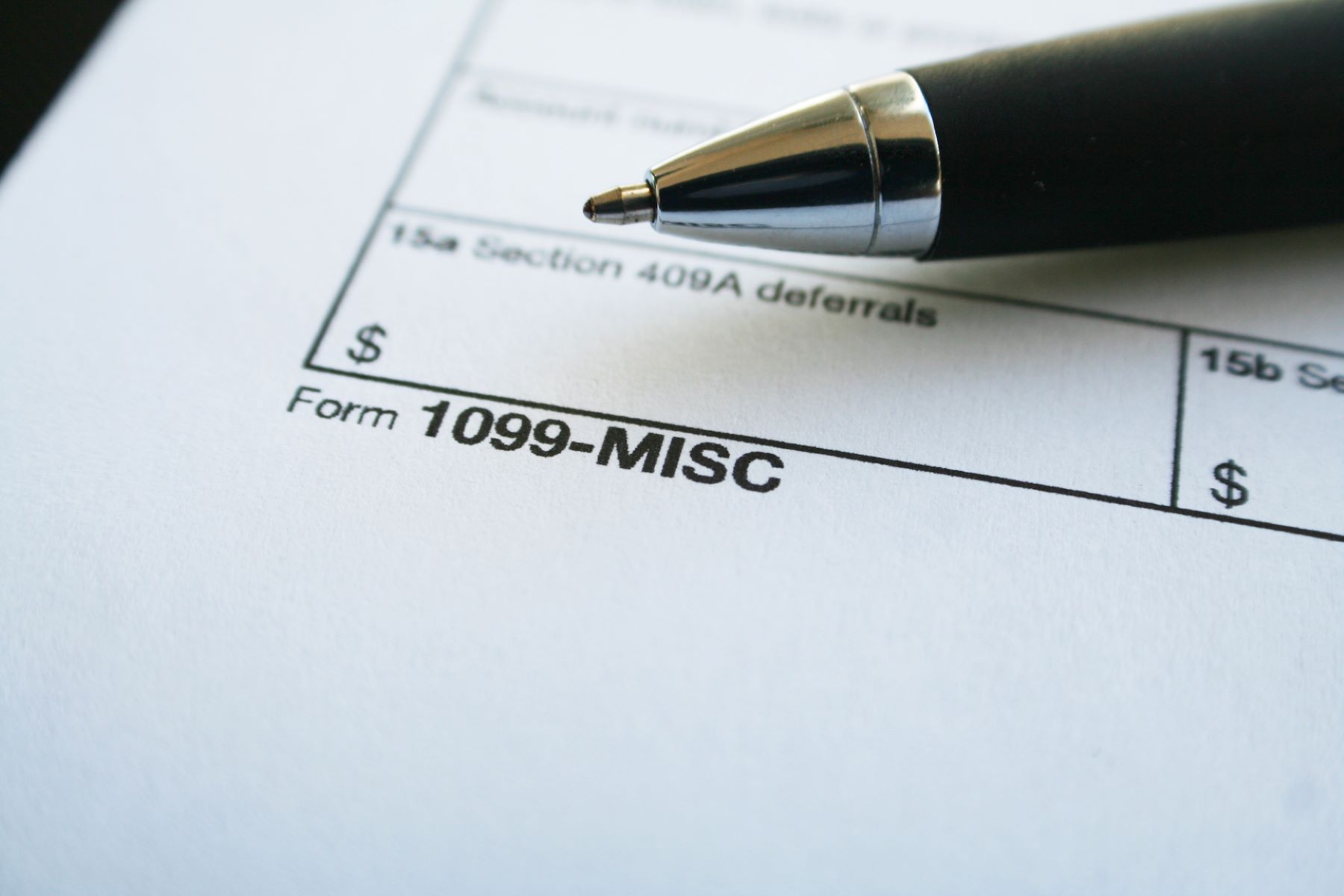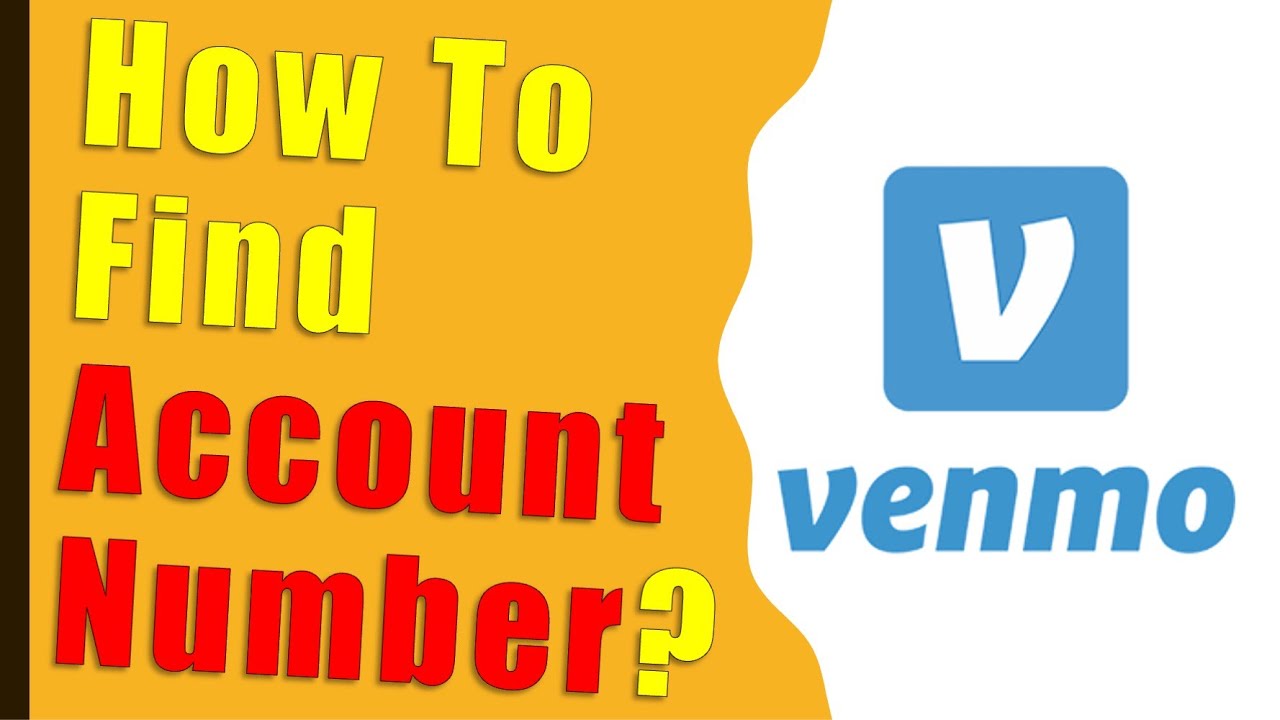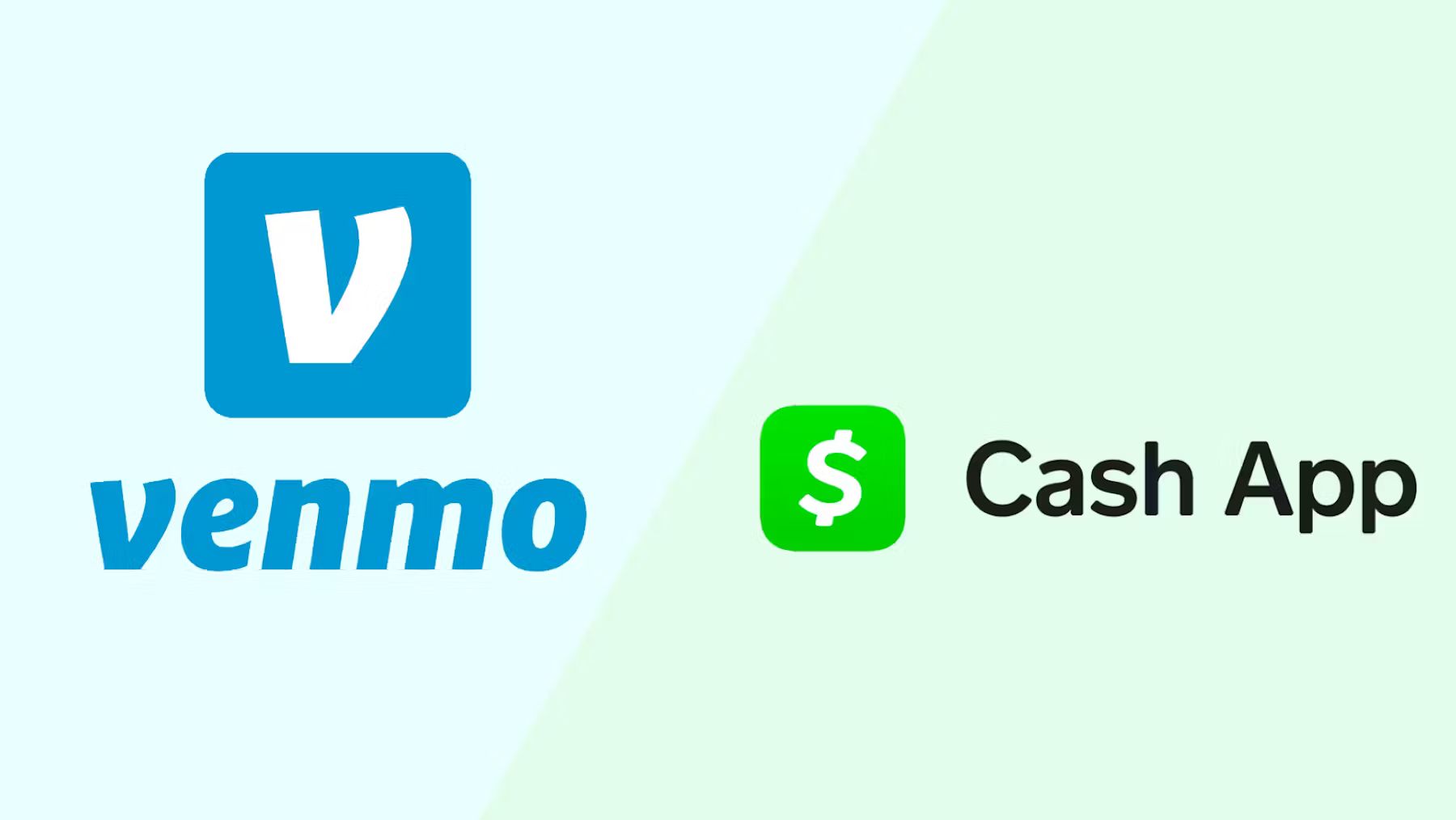What is a 1099 form?
A 1099 form, also known as a Miscellaneous Income form, is a tax document that reports income received by individuals or businesses outside of traditional employment. It is used to report various types of income, such as freelance earnings, rental income, or payments made to independent contractors. The purpose of the 1099 form is to provide the necessary information to the Internal Revenue Service (IRS) for tax reporting and compliance.
Unlike the W-2 form, which is used to report income from an employer, the 1099 form is issued by payers to recipients who have received payments above a certain threshold. These payments can come from a variety of sources, including clients, customers, or platforms like Venmo.
The 1099 form is an essential part of the tax-filing process for individuals or businesses that receive non-employee compensation. It helps ensure that all income is reported accurately to the IRS, allowing for proper tax assessment and potential deductions.
It is important to note that not all forms of income require a 1099 form. There are different types of 1099 forms that report specific types of income, such as the 1099-MISC for miscellaneous income, 1099-INT for interest income, and 1099-DIV for dividend income. The specific type of 1099 form needed will depend on the nature of the income received.
Overall, the 1099 form serves as a crucial tool in the tax reporting system, ensuring transparency and compliance in the income reporting process. It is essential for individuals and businesses to understand their obligations regarding the 1099 form and accurately report any income received to avoid potential penalties or legal issues with the IRS.
Basics of Venmo and 1099s
Venmo is a popular peer-to-peer payment platform that allows users to send and receive money electronically. It has gained widespread popularity for its convenience and ease of use. However, when it comes to tax reporting, it’s important for Venmo users to understand how 1099 forms come into play.
As a payment platform, Venmo operates similarly to other digital wallets or payment apps. Users can link their bank accounts or credit cards to their Venmo accounts and use the platform to transfer money to other users. While Venmo provides a convenient way to make payments, it’s important to remember that any income received through the platform may be subject to tax reporting.
Venmo is required to file and issue 1099 forms to users who meet certain criteria. These forms are used to report income received through Venmo transactions, such as payments from clients, customers, or rental income. If you meet the criteria for receiving a 1099 form, it’s important to accurately report this income on your tax returns.
It’s worth noting that Venmo does not automatically send 1099 forms to all users. Instead, they follow the IRS guidelines on when to issue these forms. The threshold for receiving a 1099 form from Venmo is based on the total amount received through transactions in a calendar year.
Understanding the basics of Venmo and 1099 forms is crucial for ensuring compliance with tax regulations. Venmo users should keep track of their income received through the platform and be prepared to report it accordingly on their tax returns. Failure to report income accurately can result in penalties, fines, or other legal consequences.
Next, we will explore when Venmo sends 1099 forms and the criteria for receiving one.
Does Venmo send 1099 forms to users?
One common question among Venmo users is whether Venmo sends 1099 forms to its users. The answer depends on certain factors, including the total amount received through Venmo transactions and the number of transactions conducted throughout the year.
Venmo is required to send 1099 forms to users who meet the criteria set by the Internal Revenue Service (IRS). However, it’s important to note that not all users will receive a 1099 form from Venmo.
The threshold for receiving a 1099 form from Venmo is based on the total amount received through transactions in a calendar year. According to IRS guidelines, Venmo is only required to issue 1099 forms to users who have received $600 or more in payments throughout the year.
Therefore, if you have received less than $600 through Venmo transactions in a calendar year, Venmo will not send you a 1099 form. It’s important to keep in mind that even if you don’t receive a 1099 form from Venmo, you are still responsible for reporting all income earned, regardless of the amount.
It’s worth noting that while Venmo is not required to send 1099 forms for transactions below the $600 threshold, users should still keep track of their income and report it accurately on their tax returns. The IRS expects individuals to report all income earned, even if it is not reported on a 1099 form.
For users who do meet the criteria for receiving a 1099 form from Venmo, it’s essential to ensure the accuracy of the form. Venmo will send the 1099 form to the email address associated with your Venmo account, so it’s important to check your email regularly and access the form when it becomes available.
In the next section, we will discuss when Venmo sends 1099 forms to users who meet the criteria.
When does Venmo send 1099 forms?
Venmo is required to send 1099 forms to users who meet certain criteria set by the Internal Revenue Service (IRS). These forms are typically issued annually and document the income received through Venmo transactions during a calendar year. Understanding when Venmo sends 1099 forms is crucial for users to accurately report their income on their tax returns.
Venmo sends 1099 forms to users who have met both of the following criteria:
- Received $600 or more in total payments throughout the calendar year
- Had 200 or more separate transactions in the same calendar year
If you meet both of these criteria, Venmo will send you a 1099 form in January or early February of the following year. It’s important to note that even if you don’t receive a 1099 form from Venmo, you are still responsible for reporting all income earned, regardless of the amount.
Venmo ensures that users who meet the income and transaction thresholds receive a 1099 form to facilitate accurate tax reporting. It’s crucial to carefully review the information on the 1099 form and ensure its accuracy. If you believe there is an error on the form, it is important to reach out to Venmo’s customer support for assistance and clarification.
It’s worth noting that the responsibility for reporting income accurately rests with the individual, regardless of whether they receive a 1099 form. The IRS requires individuals to report all income earned, even if it is not captured on a 1099 form.
Next, we will discuss the specific criteria for receiving a 1099 form from Venmo.
Criteria for receiving a 1099 from Venmo
To determine whether an individual will receive a 1099 form from Venmo, certain criteria must be met. These criteria are set by the Internal Revenue Service (IRS) and are based on the total amount received and the number of transactions conducted through the Venmo platform in a calendar year.
There are two main criteria for receiving a 1099 form from Venmo:
- Total payments received: If an individual has received $600 or more in payments through Venmo transactions in a calendar year, they will meet the income threshold for receiving a 1099 form.
- Number of transactions: In addition to the income threshold, an individual must have had 200 or more separate transactions during the same calendar year to meet the transaction threshold for receiving a 1099 form.
If an individual meets both of these criteria, Venmo is required to issue them a 1099 form to report their income. It is important to note that meeting only one of the criteria is not sufficient to receive a 1099 form. Both the income and transaction thresholds must be met to trigger the issuance of the form.
It’s important for Venmo users who meet these criteria to be aware of their tax reporting obligations. The income reported on the 1099 form must be included on the individual’s tax return, even if they do not physically receive a copy of the form.
It’s worth mentioning that even if an individual does not meet the criteria for receiving a 1099 form from Venmo, they are still required to report their income accurately to the IRS. All income, regardless of the amount, should be reported on the individual’s tax return to ensure compliance with tax regulations.
In the next section, we will discuss the tax obligations for Venmo users who receive a 1099 form.
Tax obligations for Venmo users who receive a 1099 form
Venmo users who receive a 1099 form have specific tax obligations that they need to fulfill. These obligations include accurately reporting the income documented on the 1099 form and paying any applicable taxes on that income. It is important for Venmo users to understand their responsibilities to ensure compliance with tax laws.
When you receive a 1099 form from Venmo, the income reported on the form should be included on your tax return. The total amount listed on the 1099 form represents the income you received through Venmo transactions that meet the IRS criteria for reporting.
The income reported on the 1099 form is generally classified as self-employment or miscellaneous income. This means that the income is not subject to regular withholding taxes like those taken from traditional W-2 employment.
As a result, Venmo users who receive a 1099 form are typically required to pay self-employment taxes as well as income taxes on the reported income. Self-employment taxes typically consist of Social Security and Medicare taxes.
In addition to the self-employment taxes, Venmo users may also be subject to income taxes on the reported income. The amount of income tax owed will depend on various factors, such as your overall taxable income, deductions, and other credits you may qualify for.
It’s important to accurately report the income from your 1099 form on your tax return and ensure that you pay any required taxes. Failing to report the income or underpaying taxes can result in penalties, interest charges, or other legal consequences from the IRS.
As part of your tax obligations, it’s a good practice to keep records of your Venmo transactions and any related expenses. These records can help support your tax deductions and ensure that your reported income is accurate.
Next, let’s explore how Venmo users can access their 1099 forms on the platform.
How to access your 1099 form on Venmo
Accessing your 1099 form on Venmo is a straightforward process. Venmo provides users with an easy way to access and download their 1099 forms, allowing them to fulfill their tax reporting obligations accurately.
Here’s a step-by-step guide on how to access your 1099 form on Venmo:
- Open the Venmo mobile app or visit the Venmo website.
- Log in to your Venmo account using your credentials.
- Once logged in, navigate to the menu or settings section of the app or website. The exact location may vary slightly depending on the version of the app or website.
- In the menu or settings section, look for the option that says “Tax Forms,” “Income,” or something similar.
- Select the option to view and download your tax forms.
- On the tax forms page, you should see your available 1099 forms. If you have received a 1099 form from Venmo, it should be listed here.
- Click on the 1099 form to open it and review the information.
- If you need to download or print the form for your records or tax preparation, use the provided options to do so.
Once you have accessed your 1099 form, it is essential to review the information for accuracy. Check that the income reported on the form matches the income you received through Venmo transactions. If you believe there is an error on the form, it is recommended to reach out to Venmo’s customer support for assistance and clarification.
By following these steps, Venmo users can easily access their 1099 forms and ensure that they have the necessary documentation for accurate tax reporting.
In the next section, we will discuss what to do if you haven’t received your 1099 form from Venmo.
What to do if you haven’t received your 1099 form from Venmo
If you have not received your 1099 form from Venmo, there are a few steps you can take to ensure that you have the necessary documentation for accurate tax reporting. While Venmo is responsible for sending out 1099 forms to eligible users, there may be instances where forms are delayed or not received.
Here’s what you can do if you haven’t received your 1099 form from Venmo:
- Double-check your eligibility: First, confirm that you meet the criteria for receiving a 1099 form from Venmo. You must have received $600 or more in payments along with 200 or more separate transactions in the calendar year to qualify for a 1099 form.
- Check your email and spam folder: Venmo sends the 1099 form to the email address associated with your Venmo account. Check your inbox for any emails from Venmo or search for “Venmo” in your email provider’s search bar. If you cannot find the email, check your spam or junk folder as well.
- Contact Venmo support: If you still cannot locate your 1099 form, reach out to Venmo’s customer support for assistance. They can provide guidance on obtaining your 1099 form or address any concerns or issues you may have.
- Request a reissue if necessary: In some cases, you may need to request a reissue of your 1099 form from Venmo. This may be necessary if the form was lost, contains errors, or if you did not receive one despite meeting the eligibility criteria. Venmo support can guide you through the reissue process.
- Report your income: Whether or not you receive a 1099 form, it is your responsibility to report all income accurately on your tax return. If you have not received a 1099 form from Venmo but have met the eligibility criteria, you should still report your income and ensure compliance with tax regulations.
It’s important to address any discrepancies or issues promptly to ensure that you have the necessary documentation when filing your taxes. By taking these steps, you can ensure that you accurately report your income from Venmo transactions.
In the next section, we will address common questions about 1099 forms for Venmo users.
Common questions about 1099 forms for Venmo users
As a Venmo user, you may have some common questions regarding 1099 forms and how they relate to your tax reporting. Here, we will address a few of these commonly asked questions to help clarify any uncertainties you may have:
1. What should I do if I receive multiple 1099 forms from Venmo?
If you receive multiple 1099 forms from Venmo, it means that you have received payments from different payers or sources on the platform. Each 1099 form will reflect the income received from a specific source. Make sure to include the information accurately from each form when filing your tax return.
2. Do I need to report income on my tax return if I did not receive a 1099 form from Venmo?
Yes, even if you did not receive a 1099 form from Venmo, you are still required to report all income earned on your tax return. The absence of a 1099 form does not exempt you from your tax reporting obligations. Keep accurate records of all income received to ensure compliance.
3. Can I access previous years’ 1099 forms on Venmo?
Venmo may provide access to previous years’ 1099 forms through their platform. However, the availability of these forms may vary, and it’s recommended to check with Venmo’s customer support for specific instructions on accessing past 1099 forms.
4. What should I do if there is an error on my 1099 form from Venmo?
If you notice an error on your 1099 form from Venmo, such as an incorrect amount or incorrect payer information, it is important to reach out to Venmo’s customer support for assistance. They can guide you through the process of rectifying the error and obtaining a corrected form if necessary.
5. Do I need to attach my 1099 form to my tax return?
No, you typically do not need to attach your 1099 form to your tax return when filing electronically. Instead, keep the form for your records and provide the necessary information from the form on your tax return.
It’s important to consult with a tax professional or refer to the IRS guidelines for specific questions or concerns regarding your tax reporting obligations and the use of 1099 forms.
Now that we have addressed some common questions, let’s conclude our discussion on 1099 forms for Venmo users.
Conclusion
Understanding the role of 1099 forms when using Venmo is essential for accurate tax reporting. Venmo does send 1099 forms to users who meet certain criteria, including receiving $600 or more in payments and having 200 or more separate transactions in a calendar year. However, even if you don’t receive a 1099 form, you still have the responsibility to report all income accurately on your tax return.
Accessing your 1099 form on Venmo is a simple process, allowing you to review the information and ensure its accuracy. If you haven’t received your 1099 form from Venmo, it’s important to double-check your eligibility, contact Venmo support, and report your income regardless of the form’s availability.
Remember that 1099 forms are just one part of your overall tax reporting obligations. You should keep track of all income and expenses related to your Venmo transactions to ensure accurate reporting and compliance with tax regulations.
If you have any specific questions or concerns about your tax obligations as a Venmo user, consider seeking advice from a tax professional or referring to the IRS guidelines for further clarification.
By staying informed and fulfilling your tax reporting obligations properly, you can confidently navigate your Venmo transactions while maintaining compliance with applicable tax laws.









